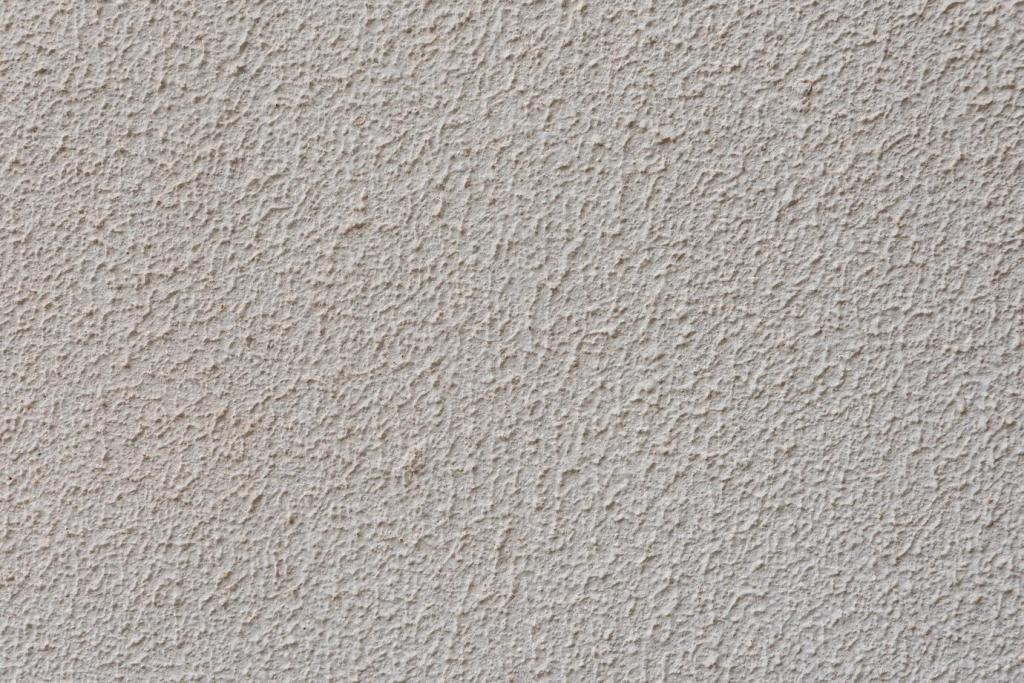The Essence of Artful Minimalism
Negative space is not emptiness; it is a design tool that frames what matters. Leave breathing room around furniture and art so lines read cleanly and the eye rests. Try removing one item today and notice your room exhale—share your before-and-after impressions.
The Essence of Artful Minimalism
In a minimalist living room, a single compelling artwork can set the entire emotional tone. Hang it so the center sits near the 57-inch museum guideline, then keep surrounding decor low-key. One reader reported sleeping better after simplifying visual noise—tell us if you feel the difference.




